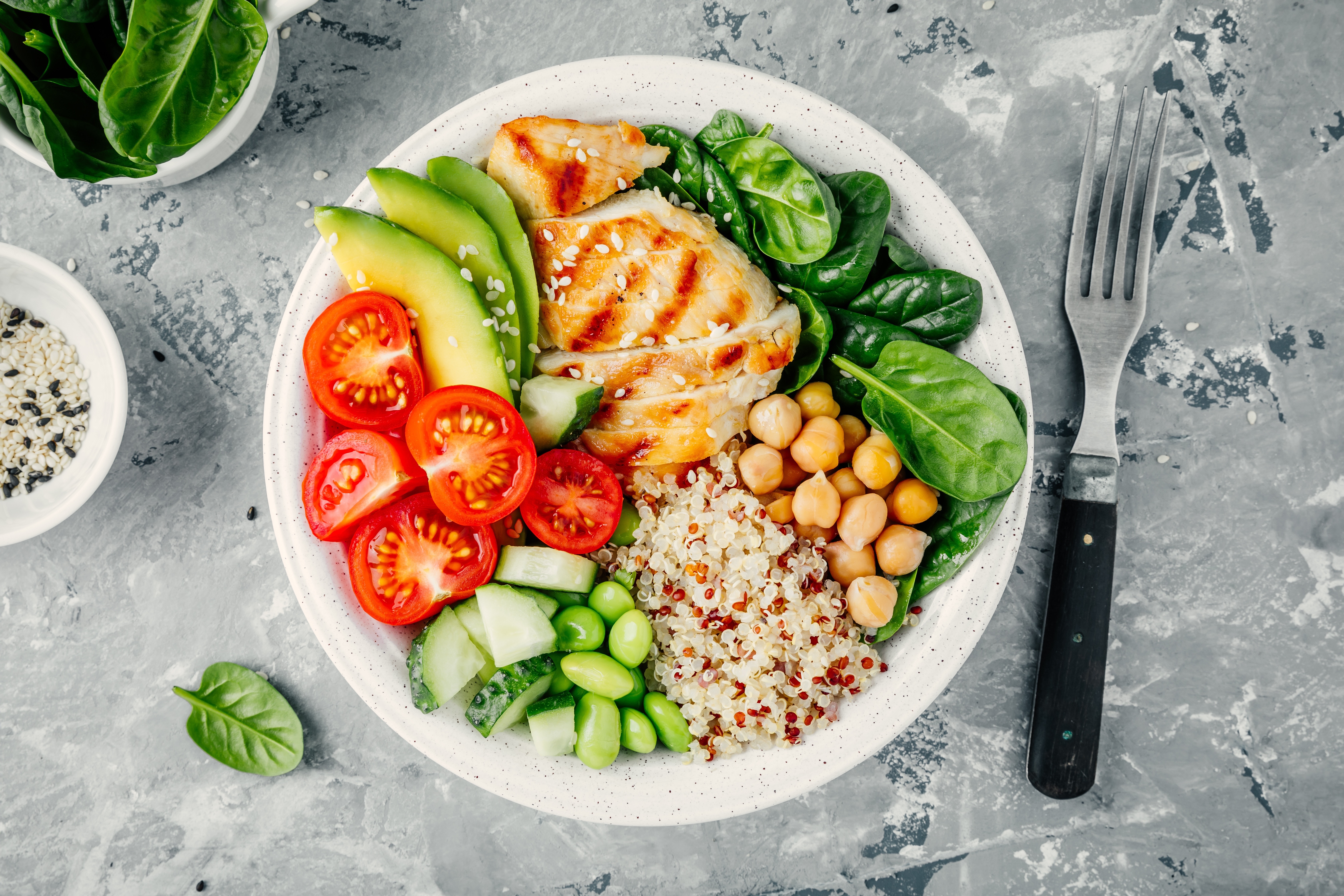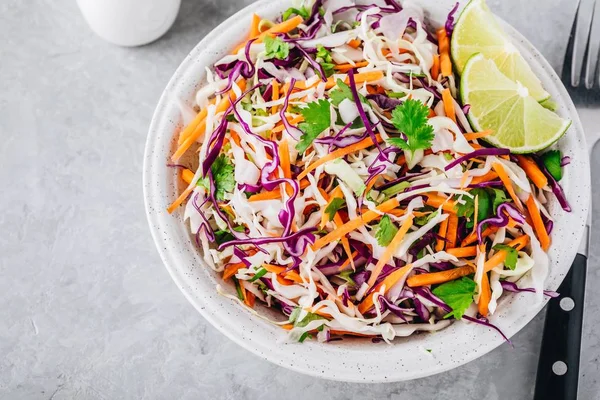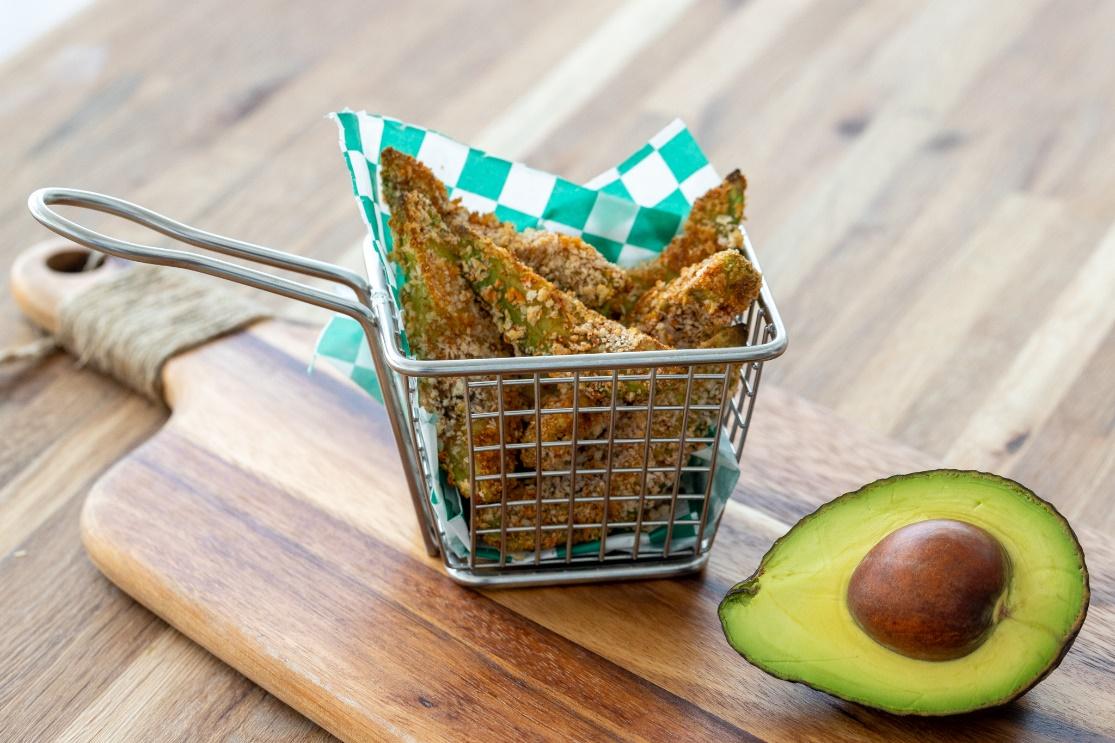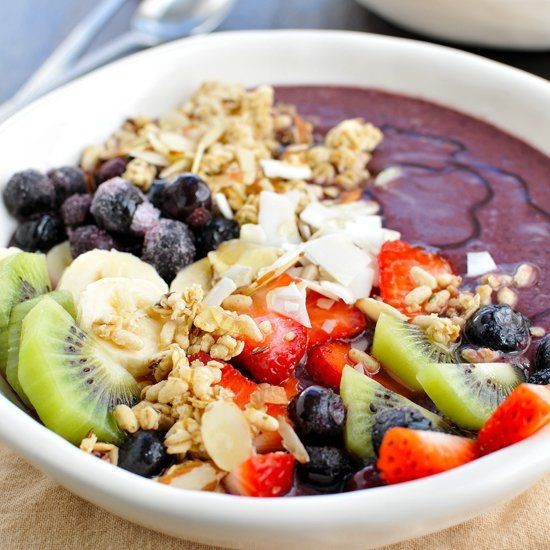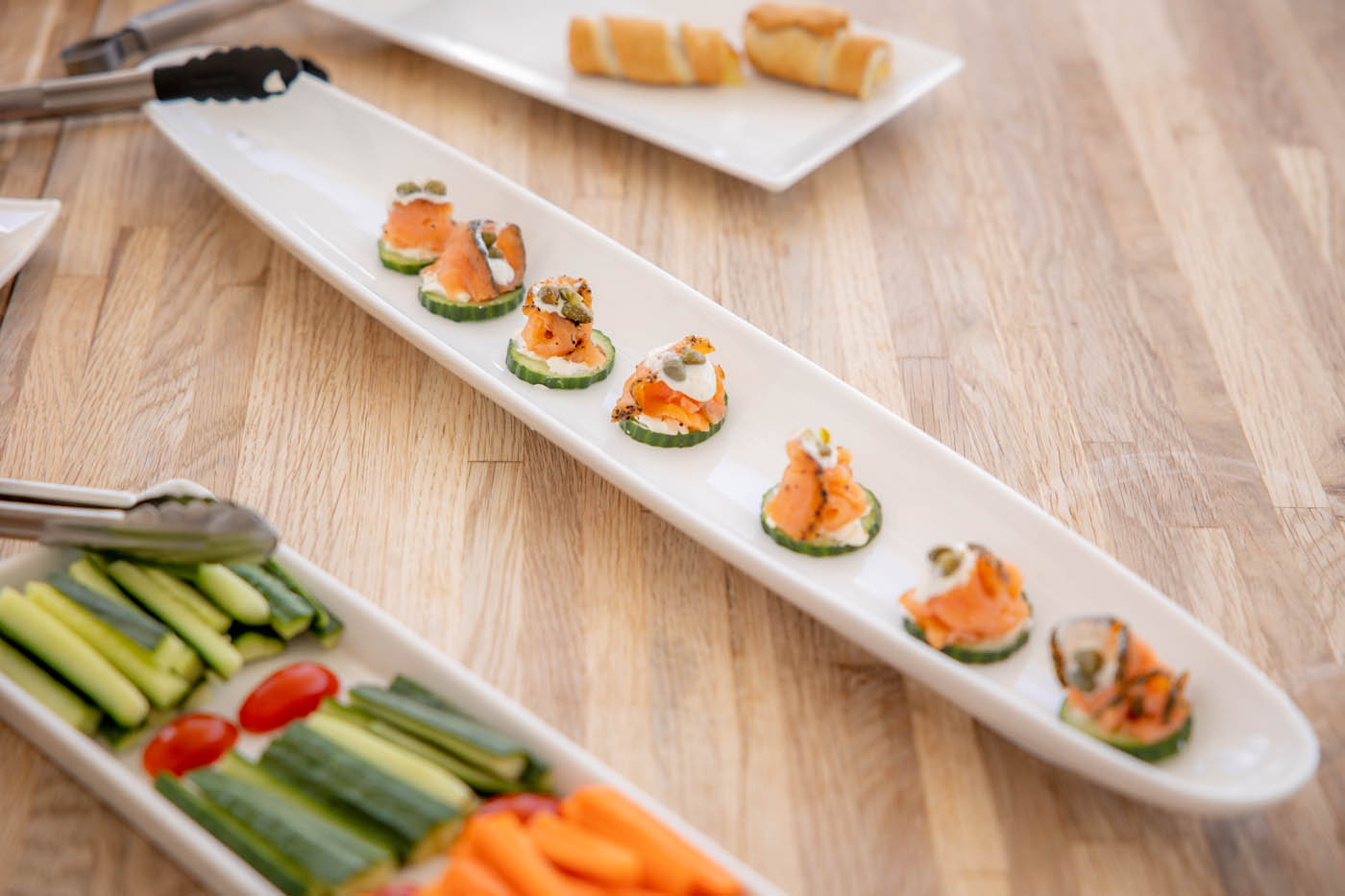Tips for Creating Balanced Meals
At The Real Food Academy, we emphasize using real, whole ingredients and hands-on learning to help you master the art of nutritional cooking. Whether you're planning meals for yourself or your family, this guide will introduce you to practical, easy-to-follow, healthy meal planning tips from expert Chef Maria Cummins.
The Fundamentals of a Balanced Meal
A balanced meal contains three key macronutrients—proteins, healthy fats, and carbohydrates. Each has a unique purpose.
The different roles of macronutrients:
-
Protein:
-
Proteins are essential for muscle and tissue repair, immune function, and cell growth. The body requires nine essential amino acids that it does not produce, meaning they must come from food.
-
Complete proteins—found in meat, eggs, fish, and even quinoa—contain all nine essential amino acids, making them a great source of protein. Most plant-based proteins are incomplete, meaning they lack one or more essential amino acids. However, pairing complementary sources ensures you get all of the essential amino acids in your diet.
-
High Protein Sources:
-
Lean meats (chicken, turkey, grass-fed beef)
-
Fish (wild-caught salmon, tuna, cod)
-
Eggs, milk, beans, nuts, seeds, lentils, chickpeas, quinoa, hummus
-
Plant-based (tofu, seitan, tempeh)
-
For variations in your diet, try incorporating more plant-based proteins. Swap chicken out for chickpeas in a salad, or add quinoa to your favorite dishes.
-
Healthy Fats:
-
Fats are often misunderstood and labeled as “bad for you.” However, healthy fats are crucial for brain function, hormone production, supporting gut health, and reducing inflammation.
-
There are two types of healthy fat: monounsaturated and polyunsaturated. While they are both beneficial to your health, polyunsaturated fats contain omega-3 and omega-6 fatty acids, which aid in brain function, bone health, and skin and hair growth.
-
Sources of healthy fats:
-
Avocados and olives
-
Fish (wild-caught salmon, tuna, cod)
-
Walnuts, flax seeds, chia seeds, soybeans
-
Oils (avocado, olive, soybean, canola)
-
When deciding on an oil, opt for cold-pressed oils. Cold-pressing doesn’t damage the ingredients or remove nutrients like heavily refined oils.
-
Carbohydrates:
-
Carbohydrates provide the energy your body needs to function. Choosing fresh and complex carbohydrates ensures you get fiber, vitamins, and minerals without the blood sugar spikes caused by refined grains.
-
Smart Carb Sources:
-
Whole grains (quinoa, brown rice, whole wheat bread)
-
Vegetables (corn, carrots, beets, sweet potatoes, Brussels sprouts)
-
Legumes (black beans, lentils)
-
Fruits and leafy greens
-
Prioritize unprocessed carbs to maintain steady energy levels. Swap white rice for quinoa, or choose whole fruits over juice for a better nutritional option.
Remember to do what feels right for you and enjoy the process. Balance is key, and a little mindfulness in the kitchen can help you create meals perfect for you and your family's needs.
Why Fresh Ingredients Matter
Cooking with fresh, whole ingredients is one of the best ways to create nutrient-dense and flavorful meals. Fresh produce, lean proteins, and unprocessed foods provide a lot of vitamins, minerals, and antioxidants. Processed or heavily refined foods often contain hidden sugars, preservatives, and artificial additives. Fresh ingredients give you control over what goes into your meals, ensuring you nourish your body with real food. Additionally, incorporating seasonal fruits and vegetables adds variety to your diet while supporting local farmers and reducing environmental impact.
Preparing ingredients and cooking your meals at home gives you a hands-on, interactive experience that deepens your connection with food. By actively exploring new ingredients, techniques, and flavors, you build confidence, make smarter food choices, and develop culinary skills. Hands-on cooking transforms meal preparation from a chore into an enjoyable, fulfilling experience.
5 Tips for Healthy Meal Planning
Planning balanced meals doesn’t have to be overwhelming. With these strategies, you can simplify your routine, reduce stress, and enjoy nutritious meals all week long.
-
Start with a Weekly Plan: Before grocery shopping, outline a few meals for the week and create a grocery shopping list. This will help you avoid last-minute unhealthy choices in the store, save money, reduce food waste, and ensure a balanced mix of proteins, fats, and carbohydrates.
-
Prep Ahead: Wash and chop vegetables, cook grains, and marinate proteins ahead of time so meals come together quickly during busy days. Store prepped ingredients in clear containers so they’re easy to grab and use.
-
Portion Mindfully: Divide your plate to make it easier to portion your food.
-
½ plate – Fruits, vegetables, and greens
-
¼ plate – Proteins
-
¼ plate – Carbohydrates
-
Use Herbs and Spices: Instead of relying on salt, sugar, or processed seasonings, improve your meals with fresh herbs and spices. Keep a spice rack with staples like paprika, cumin, and oregano to elevate your dishes without added sodium.
-
Experiment in the Kitchen: Cooking should be fun. Trying new ingredients, flavors, and methods keeps preparing meals engaging and satisfying.
At The Real Food Academy, we believe cooking should be enjoyable and accessible. We encourage hands-on exploration in the kitchen, making it easy to learn new techniques, try fresh ingredients, and create balanced meals with confidence.
Balanced Meals Made Easy with The Real Food Academy
Eating balanced, nutritious meals doesn’t have to be complicated. By understanding the fundamentals of macronutrients, choosing fresh ingredients, following healthy meal planning tips, and planning ahead, you can create delicious meals that support your well-being.
Ready to take your cooking skills to the next level?
Join us
at The Real Food Academy to learn new recipes,
attend interactive cooking classes,
and receive guidance on making smarter food choices!

